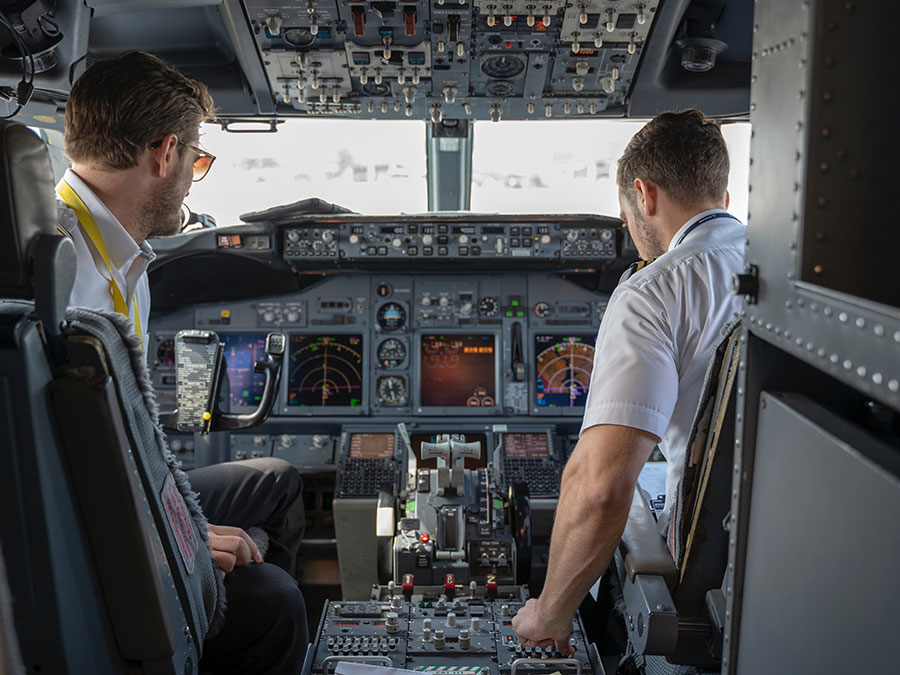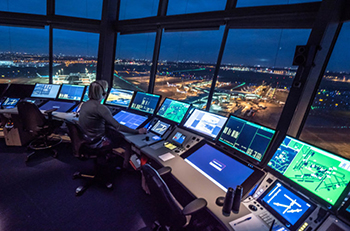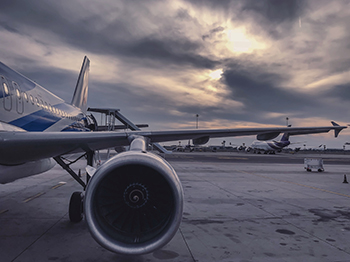Will Pilot Jobs Be Automated?
There is a lot of talk about automation these days. Many people are worried that their jobs will be replaced by machines. But will pilot jobs be automated? According to experts, the answer is yes. There are already several companies that are working on automating the process of flying planes. So what does this mean for pilots? There will likely be fewer pilot jobs in the future. But don’t worry – there will still be a need for human pilots!
What human pilot jobs will be left?
We all know the big responsibility that airline pilots have. They are responsible for the lives of their passengers. But there are other jobs that human pilots can do. For example, they can be test pilots. They can also fly planes for private companies or the government. There will still be a need for human pilots to do these kinds of jobs.
The truth for single-pilot airliners is a commercial pilot certificate doesn’t eliminate human error and having fully automated aviation safety and flight controls means a lot less work for a human pilot. Aircraft systems require two pilots to fly a commercial aircraft: a captain who is responsible for the takeoff, en-route, and landing phases of flight and a first officer or co-pilot who assists during these phases.
While it might be possible to have an automated system that can take off, fly and land an aircraft without human intervention, it will never happen because there will always be a need for human oversight.
A flying career in the near future could include a lot more time spent in a simulator and less time actually flying the aircraft. This will help to lower fuel costs and reduce wear and tear on the aircraft. It will also allow for more training to be done in a controlled environment before taking to the skies.
So, while some aspects of a pilot’s job may be automated, even with pilotless planes there are still some jobs that airline pilots or only one pilot could do.
The likelihood of automation for air traffic control
The future automation of the airline industry is what made any flight engineer obsolete back in the 1970s. The next likely casualty will be the air traffic controller.
With the increasing use of GPS and other tracking technologies, it is becoming easier for pilots to know where they are about other aircraft and obstacles. This makes it possible for pilots to land and take off without the need for ground control.
The air traffic control being automated means addressing safety concerns for air travel will be easier. The current system is designed to manage a finite number of aircraft in a limited area. If the entire airspace was automated, it would be possible to have an unlimited number of aircraft flying at any given time. This would allow for more efficient use of airspace and could potentially lead to shorter flight times and lower fuel costs.
So, while there will be new technologies that bring full automation for other systems, it will actually make the pilot’s job easier and eventually make it possible for one person to do the job of two or more.
In fact, with the increasing number of flights and the need for pilots to be able to fly more hours, we will likely see a decrease in the number of pilots needed overall. With small drones and artificial intelligence, we are finally seeing some technologies that will make it possible for one person to control multiple aircraft at the same time.
The federal aviation administration says we are only a few years away from having fully autonomous commercial aircraft. So it is not a question of if but when will pilot jobs be automated. Technology that makes flight plans fully automated for flying public transport is already in development.
How we can replace pilots and prepare for automation
The airline pilot costs a lot more than a remote pilot. For long-haul flights, you need two pilots and they take turns sleeping. So if we can have one person flying the plane remotely, we can save a lot of money. Airplanes without a pilot are only one major part that will happen eventually.
We will need to replace pilots with remote operators and have a flight operations center where people will be monitoring all the flights. The remote operators will take over if anything goes wrong. You will still need people on the ground to make sure everything is running smoothly.
This is not something that will happen overnight but it is something that we need to accept will eventually happen. We need to be proactive about it and not wait until it is too late. We also need to make sure that we are training people for these future jobs.
The Air Force has already begun taking all the tasks that a pilot has to do in the cockpit and breaking them down so that they can be done by an automated system. They are also working on having a flight operations center where people will monitor all the flights.
Airline pilots could potentially fly the planes if they needed to from the ground in case of extreme measures were needed but other than that they would not be needed in the cockpit. The Co-pilot will also eventually be phased out.
So what will pilots do? They will become flight operators and will need to know how to fly the plane but will mainly be responsible for monitoring all the flights, weather patterns, and anything else that could potentially affect the flight.
Pilotless flights are not too far in the future and will eventually become the norm. So if you’re thinking about becoming a pilot, you may want to think about what else you’re interested in and how you can make yourself indispensable in the industry. Job automation is inevitable but that doesn’t mean your job has to be at risk.
Benefits of automation in the aviation industry
The other big benefit is safety. The more people involved in flying an airplane, the greater the chance for human error. If something goes wrong, it is often because of systems or engine failure due to human error. With automation, we can take away some of that human error and make flying safer for everyone.
We need to make sure that we are training people for these future jobs. The Air Force has already begun taking all the tasks that a pilot has to do in the cockpit and breaking them down so that they can be done by an automated aircraft so the crew members won’t be as necessary while the other pilots can focus on other aviation control systems to ensure safety.
This will help to make sure that the people who are flying our aircraft can do so safely and efficiently. It will also help to free up time for the pilots so they can focus on other tasks, such as navigation and communication. This will ultimately make flying more efficient and safe for everyone involved.
Another benefit of a fully automated large aircraft is the weight reduction due to the lack of need for certain crew members. This will save on fuel costs and help to make the aircraft more environmentally friendly. Automation will also help to reduce the wear and tear on the aircraft, as it will no longer be necessary to have someone in the cockpit at all times.
Multiple sources have said that technology for planes and driving cars will eventually merge, making it so that one will be able to operate both with the same license. This will make it easier for people to get into the piloting profession, as they will not need to obtain a separate license for each type of vehicle. With the increased demand for pilots, automated jobs may help to fill the gap.
Possible challenges that may arise with automation
The human brain is incredibly complex, and it will be a long time before machines can replicate all of its functions. In the meantime, there will still be a need for human pilots to oversee the automated systems and intervene when necessary. Automation will also require a significant investment from airlines, as they will need to purchase new aircraft and train their pilots on how to use the technology just like when the flight engineer was replaced by the FMS.
Passengers on airplanes that have automated aviation or no airline pilot will take some convincing as well. The general public has grown accustomed to the idea of self-driving cars, but when it comes to flying through the air at hundreds of miles per hour while maintaining altitude, they will want a human being in charge.
It will be interesting to see how the aviation industry changes in the coming years as automation technology continues to develop. For airlines to have an airplane to be flown completely by automation technology will take several challenges to overcome such as:
– The technology will need to be able to make decisions in unforeseen circumstances
– There will need to be a way to quickly take control away from the automation if necessary
– The public will need to be convinced that it is safe to fly on an airplane with no human pilot onboard.
For a single pilot to fly the airplane took a lot of innovation with planes and aviation when a plane was first invented. It will take just as much innovation to have a plane fly with no human pilot. The first hurdle will be the technology being able to make decisions in unforeseen circumstances. If the technology can not make a decision then it will need a way to quickly take control away from the automation if necessary. The last and probably most important hurdle will be the airlines and aviation on the ground accepting the new technology.
While airline pilots’ jobs may be automated in the future, it is not certain. It will take a lot of innovation to make automation safe and accepted by the aviation industry. Until then, airline pilots will continue to play an important role in flying airplanes. So don’t worry, your job as a single pilot is as safe as it can be.
Search Pilot Jobs at Finding Careers
While a plane might fly itself in the future, airlines will need a pilot for now. Finding Careers has the latest listings of open positions in the aviation industry. So whether you’re looking for your first pilot job or you’re a seasoned professional, we can help you find the right career opportunity.



